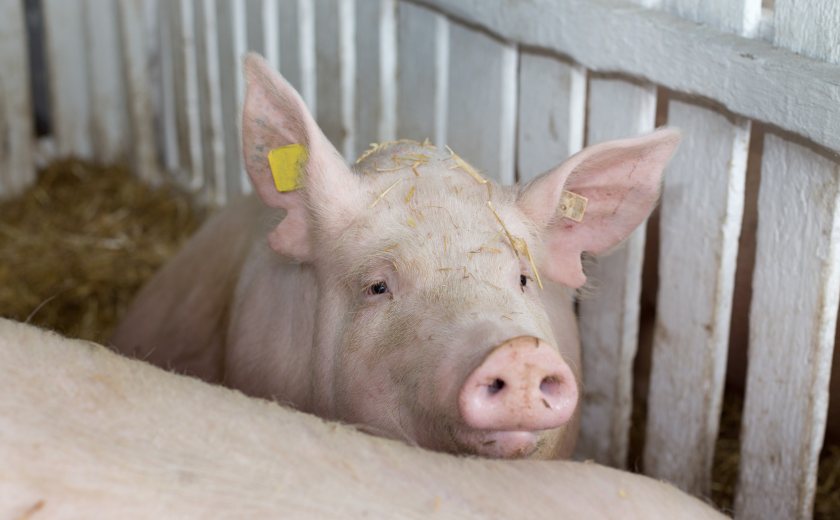
There is 'more positivity' across the pig sector following two years of crippling losses, the National Pig Association (NPA) has said, although longer-term concerns remain.
Farmers summed up the sector's mood during recent NPA meetings, as sustained higher pig prices, tight supplies and generally bearish trends in the feed ingredient markets bring relief after years of losses.
The past two years have seen one crisis follow another, with pig production losses estimated at £750m.
The NPA met online last week during the regional round-up, with one producer saying: “In general, there is a lot more positivity within the independent producers left in in the area around here.
“Everyone is down in numbers from where they have been historically. We are still feeling the impacts of the terrible summer and autumn infertility we had last year. A lot of producers have had similar issues."
“Health wise, there have been some repercussions from the backlog, but I think that's started to improve over last three months.”
Farmers in the Midlands are also feeling the effects of the hot summer coming through on numbers, combined with the number of producers who have exited the industry.
“This means there are fewer pigs and therefore an increased price because processors still need to get hold of them,” the Midlands NPA regional representative added.
Another farmer, in the Eastern region, painted a similar picture: “There is certainly a bit more positivity for the short term - at the moment, everyone can see a shortage of pigs and low feed costs and are therefore a bit happier.
“But there is maybe a little bit of less positivity for the medium to longer term with the future direction of the pig industry still unknown,” he said, adding that there are some health issues still rumbling on associated with the backlog.
The NPA's South-Central representative pointed out that many pig producers "have still got their balance sheets to repair from the last couple of years", while there was also uncertainty over how the review of the pork supply chain would pan out.
The pig marketing representative said some farmers were still concerned about their security going forward and highlighted the lack of reinvestment within the sector due to cash flow issues.
He also noted ‘big concerns’ around staff. “Most people seem to be still looking for staff,” he explained.
There was a lot of discussion around the feed price. The allied industry nutrition representative described the cereals market outlook as ‘bearish’, with feed wheat currently quoted at around £180/tonne for July, compared with a high of around £350/t just over a year ago.
But she said the market was keeping a very close eye on the situation in Ukraine, which continues to cause price fluctuations.
China continues to import soya in large volumes, although that market is also bearish, albeit currently at a historically higher level of around £420/t.
The Eastern producer representative said: “There is quite a wide range of feed prices going into people's cost of production at the moment, due to raw material prices coming down more quickly than people were expecting, with some people are still locked into higher wheat and barley prices, in particular.”
The Midlands representative added that there was some ‘welcome relief’ on feed price. “There seems to be a lot of last year's grain about unsold which is helping weigh down on the local prices of wheat.
"With the weather that we've got now, crops look reasonable in the ground and we might even get into them early so again, another indication that there might be a bit more price to come out of wheat and barley.”
Representatives from other regions also pointed to a generally positive harvest outlook, albeit with a real need for more rain in most areas.
